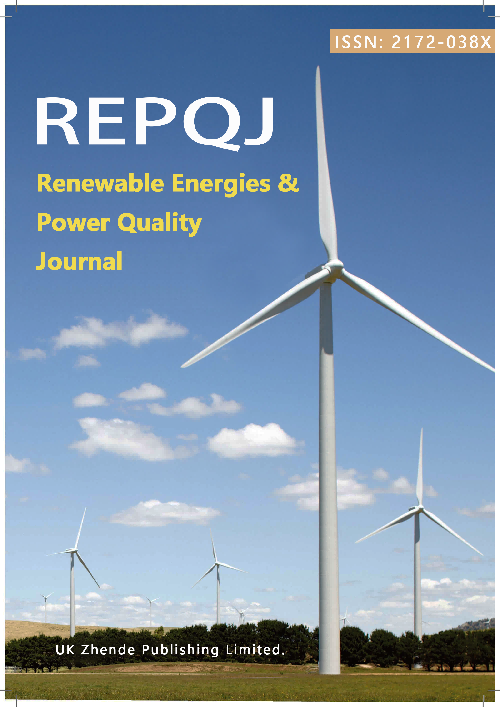Ice Thickness Prediction and Risk Assessment of Transmission Lines Based on IQPSO-SVM
DOI:
https://doi.org/10.52152/4159Abstract
In the TLs' ice thickness prediction, the position update of the traditional QPSO algorithm is easily affected by the average optimal position of the local attraction point particles, and the global search ability is poor, resulting in large ice thickness prediction errors, and the prediction of ice thickness of TLs and risk assessment cannot be combined. This paper used weighted coefficients, differential evolution operators and GA to improve the QPSO algorithm, used IQPSO to optimize the SVM parameters, and applied it to the prediction of ice thickness of TLs, combined with LSTM for risk assessment. The study used the grey correlation method to explore the influence of temperature, humidity, etc., on the TLs' ice thickness. Then, the differential evolution operator is used to improve the local attraction points, the weighted coefficient is introduced to improve the global optimal solution, and the crossover and mutation operator operations of GA are applied to QPSO to increase the diversity of solutions. Finally, the paper applied IQPSO to the SVM's kernel fuction width, output the optimal solution and the prediction rusult and evaluated the TLs' icing risk combined with LSTM. The results show that the IQPSO-SVM in this paper has the highest ice prediction accuracy, with a of 1.49%, which is 1.35% lower than that of QPSO-SVM, and the accuracy of the LSTM risk assessment model is as high as 0.97. The study shows that the IQPSO-SVM in this paper can achieve high-precision ice thickness prediction and combine it with LSTM to achieve accurate risk assessment performance.
Downloads
Published
Issue
Section
License
Copyright (c) 2025 Yang Yang, Hongxia Wang, Meng Li, Shuyang Ma (Author)

This work is licensed under a Creative Commons Attribution 4.0 International License.











